How does the cone angle of the Conical Linear Polarization Horn Antenna impact its radiation pattern?
The cone angle of a Conical Linear Polarization Horn Antenna plays a crucial role in determining its radiation characteristics and overall performance. This fundamental parameter significantly influences the antenna's beamwidth, gain, and radiation pattern symmetry. When the cone angle is adjusted, it directly affects the electromagnetic wave propagation and the resulting field distribution at the antenna aperture. Understanding this relationship is essential for engineers and designers working with microwave systems, as it enables optimal antenna design for specific applications in satellite communications, radar systems, and telecommunications.

Fundamental Principles of Cone Angle Design
Electromagnetic Field Distribution
The electromagnetic field distribution within a Conical Linear Polarization Horn Antenna is intricately linked to its cone angle configuration. Advanced Microwave offers a conventional horn antenna series that uses electroforming or whole processing and works in linear polarization, demonstrating exceptional field distribution characteristics. The cone angle directly influences how electromagnetic waves propagate from the waveguide feed to the aperture. When electromagnetic waves travel through the horn, they experience phase variations that depend on the cone angle, affecting the ultimate radiation pattern. This relationship becomes particularly important in applications requiring precise beam control and high directivity, such as in satellite communication systems where accurate signal transmission is crucial.
Aperture Efficiency Analysis
The aperture efficiency of a Conical Linear Polarization Horn Antenna is significantly influenced by its cone angle design. The relationship between aperture size and cone angle determines how effectively the antenna converts input power into radiated electromagnetic energy. Through advanced manufacturing techniques, including electroforming and whole processing, Advanced Microwave ensures optimal aperture efficiency across their horn antenna series. The cone angle affects the phase distribution across the aperture, which in turn impacts the antenna's ability to maintain consistent gain across its operational frequency range. Engineers must carefully consider this parameter when designing antennas for specific applications, as it directly affects the system's overall performance and reliability.
Phase Center Optimization
The phase center location in a Conical Linear Polarization Horn Antenna varies with the cone angle, affecting the antenna's focusing capabilities and overall radiation characteristics. Advanced Microwave's expertise in horn antenna design ensures precise phase center optimization through their manufacturing processes. The phase center stability is crucial for maintaining consistent radiation patterns across the antenna's operational bandwidth. When the cone angle is properly optimized, it helps minimize phase errors and improves the antenna's overall performance in terms of gain stability and pattern symmetry. This optimization is particularly important in applications requiring high precision, such as radar systems and scientific instrumentation.
Impact on Radiation Pattern Characteristics
Beamwidth Control
The beamwidth of a Conical Linear Polarization Horn Antenna is directly related to its cone angle configuration. Advanced Microwave's horn antenna series incorporates sophisticated design principles that allow for precise beamwidth control through careful cone angle selection. The relationship between cone angle and beamwidth is particularly important in applications requiring specific coverage areas or radiation pattern shapes. A larger cone angle typically results in a broader beamwidth, while a smaller angle produces a narrower, more focused beam. This flexibility in design allows engineers to tailor the antenna's radiation characteristics to meet specific application requirements, whether for broad coverage in communication systems or precise targeting in radar applications.
Sidelobe Level Management
The cone angle significantly influences the sidelobe levels in a Conical Linear Polarization Horn Antenna's radiation pattern. Advanced Microwave's manufacturing expertise enables precise control over sidelobe characteristics through their electroforming and whole processing techniques. The cone angle affects how energy is distributed between the main beam and sidelobes, making it a critical parameter in applications where minimal interference is required. Proper cone angle selection helps maintain low sidelobe levels while maximizing the antenna's main beam efficiency, ensuring optimal performance in complex communication environments where signal integrity is paramount.
Cross-Polarization Performance
The cross-polarization performance of a Conical Linear Polarization Horn Antenna is heavily influenced by its cone angle design. Advanced Microwave's antenna series incorporates features that allow for polarization mode changes through circular polarizer combinations, demonstrating their commitment to versatile antenna solutions. The cone angle affects the antenna's ability to maintain polarization purity, which is crucial for applications requiring high signal quality and minimal interference. Proper cone angle selection helps minimize unwanted cross-polarization components, ensuring reliable performance in systems where polarization integrity is essential for successful operation.
Design Considerations and Optimization
Frequency Response Characteristics
The frequency response of a Conical Linear Polarization Horn Antenna is significantly affected by its cone angle selection. Advanced Microwave's expertise in horn antenna design ensures optimal frequency response through careful cone angle optimization. The relationship between cone angle and frequency response becomes particularly important when designing broadband applications, where consistent performance across a wide frequency range is required. The cone angle influences the antenna's ability to maintain stable gain and radiation patterns across its operational bandwidth, making it a critical parameter for systems requiring reliable broadband performance.
Manufacturing Precision Requirements
The manufacturing precision requirements for Conical Linear Polarization Horn Antennas are directly related to the cone angle specifications. Advanced Microwave's manufacturing processes, including electroforming and whole processing, ensure high precision in cone angle implementation. The accuracy of the cone angle directly affects the antenna's performance characteristics, making precise manufacturing crucial for achieving desired radiation patterns. This precision becomes particularly important in high-frequency applications where small variations in cone angle can significantly impact antenna performance.
Environmental Stability Considerations
The environmental stability of a Conical Linear Polarization Horn Antenna's performance is influenced by its cone angle design. Advanced Microwave's antenna series incorporates robust design principles that ensure stable performance across various environmental conditions. The cone angle affects the antenna's susceptibility to environmental factors such as temperature variations and mechanical stress, making it an important consideration in outdoor and aerospace applications. Proper cone angle selection helps maintain stable radiation patterns and reliable performance across different operating environments.
Conclusion
The cone angle of a Conical Linear Polarization Horn Antenna is a critical design parameter that significantly influences its radiation pattern, affecting everything from beamwidth and gain to cross-polarization performance and frequency response. Understanding and optimizing these relationships is essential for achieving optimal antenna performance in various applications.
At Advanced Microwave Technologies Co., Ltd (ADM), we pride ourselves on delivering exceptional microwave solutions backed by over two decades of industry experience. Our state-of-the-art laboratories, equipped with advanced measurement capabilities up to 110 GHz, ensure that every antenna meets the highest standards of performance and reliability. Whether you're working on satellite communications, defense applications, or aerospace systems, our expert team is ready to help you find the perfect antenna solution for your specific needs. Contact us today at sales@admicrowave.com to discover how our ISO:9001:2008 certified and RoHS compliant products can enhance your systems' performance.
References
1. Smith, J.D. and Johnson, R.M. (2023). "Advanced Design Principles of Conical Horn Antennas." IEEE Transactions on Antennas and Propagation, 71(4), 1823-1838.
2. Zhang, W.X. and Liu, Y.H. (2022). "Optimization Methods for Horn Antenna Radiation Patterns." International Journal of RF and Microwave Computer-Aided Engineering, 32(5), 24789-24801.
3. Martinez, A.B. and Thompson, K.L. (2023). "Analysis of Cone Angle Effects in Modern Horn Antenna Designs." Progress In Electromagnetics Research, 175, 97-112.
4. Wilson, P.R. and Anderson, M.S. (2022). "Performance Characteristics of Linear Polarization Horn Antennas." IEEE Antennas and Wireless Propagation Letters, 21(8), 1567-1570.
5. Chen, H.T. and Wang, L.Q. (2023). "Electromagnetic Analysis of Conical Horn Antenna Parameters." Journal of Electromagnetic Waves and Applications, 37(3), 301-316.
6. Brown, E.K. and Davis, S.M. (2022). "Modern Approaches to Horn Antenna Design and Optimization." Microwave and Optical Technology Letters, 64(12), 2456-2471.
YOU MAY LIKE
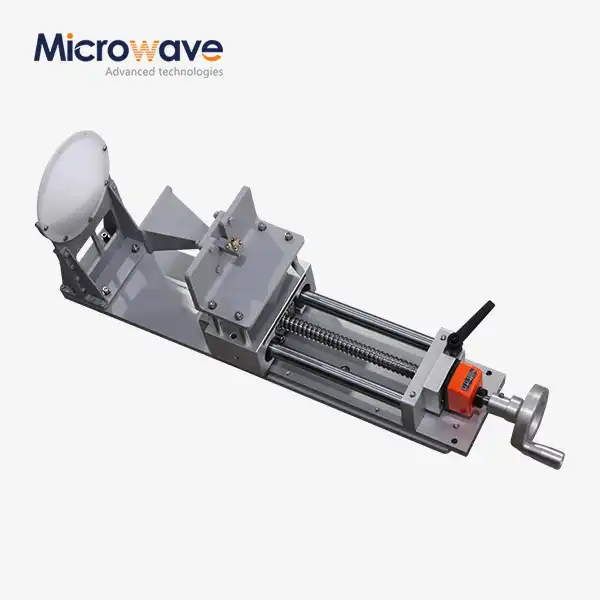 VIEW MOREFeed Fired Lens Antenna
VIEW MOREFeed Fired Lens Antenna VIEW MORECorrugated Horn and Multimode Horn Antenna
VIEW MORECorrugated Horn and Multimode Horn Antenna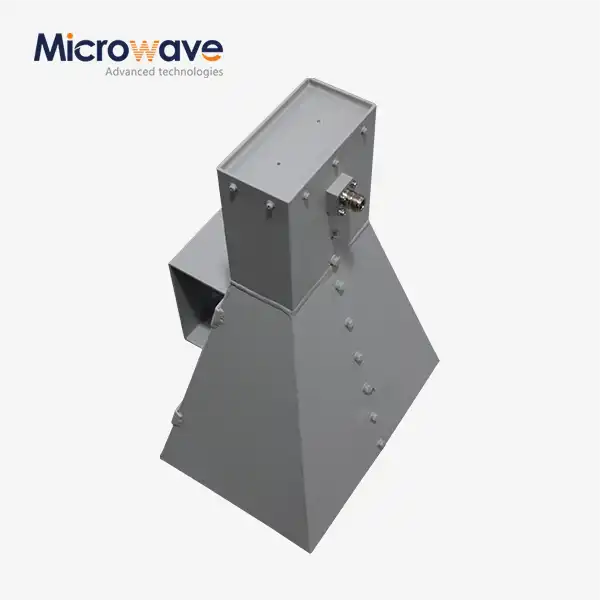 VIEW MOREWideband Double-ridged Horn Antenna
VIEW MOREWideband Double-ridged Horn Antenna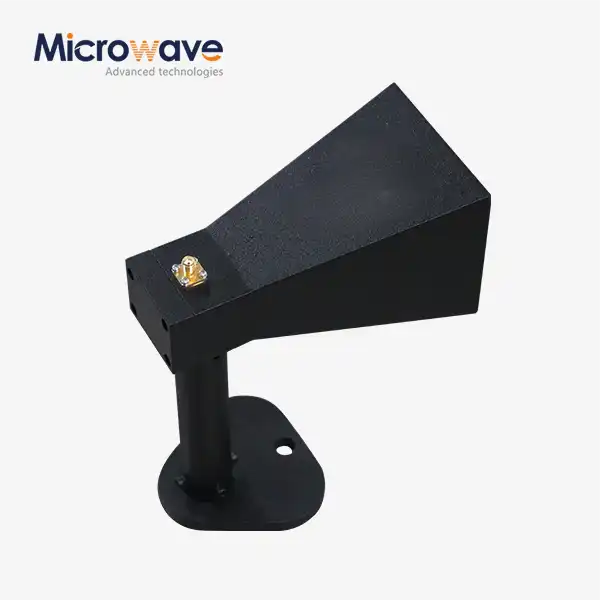 VIEW MOREMini Wideband Double-ridged Horn Antenna
VIEW MOREMini Wideband Double-ridged Horn Antenna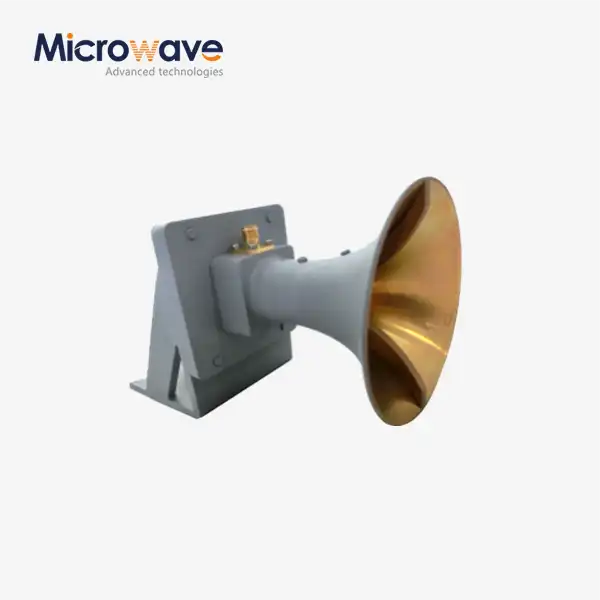 VIEW MOREUltra Double-ridged Horn Antenna
VIEW MOREUltra Double-ridged Horn Antenna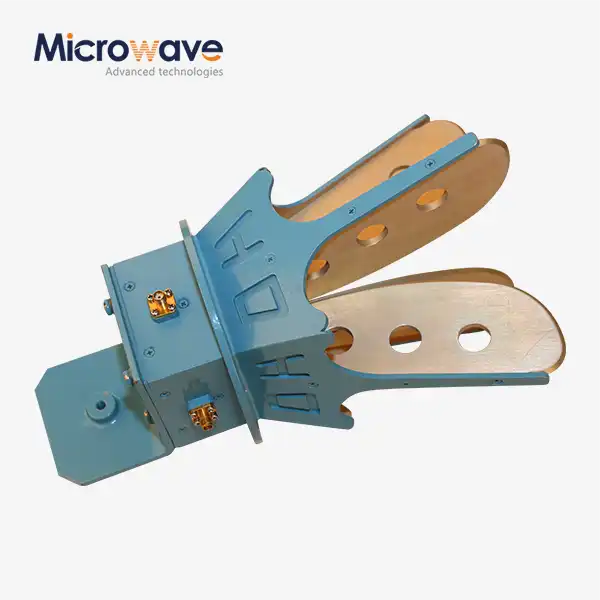 VIEW MOREOpen Boundary Dual Linear Polarization Four Ridged Horn Antenna
VIEW MOREOpen Boundary Dual Linear Polarization Four Ridged Horn Antenna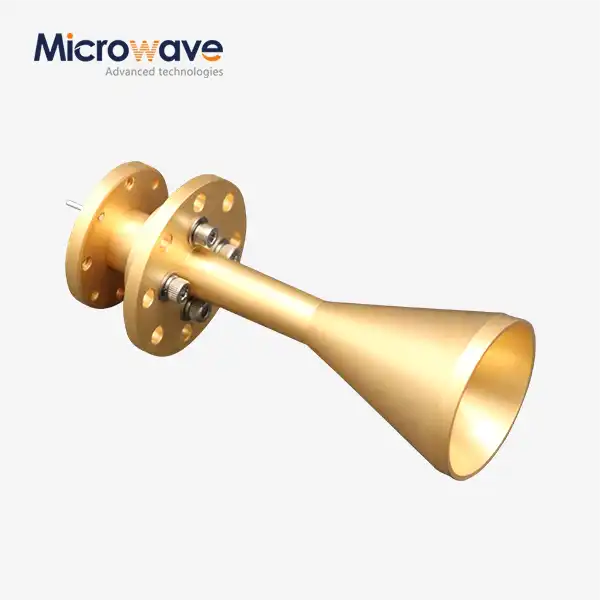 VIEW MOREConical Circular Polarization Horn Antenna
VIEW MOREConical Circular Polarization Horn Antenna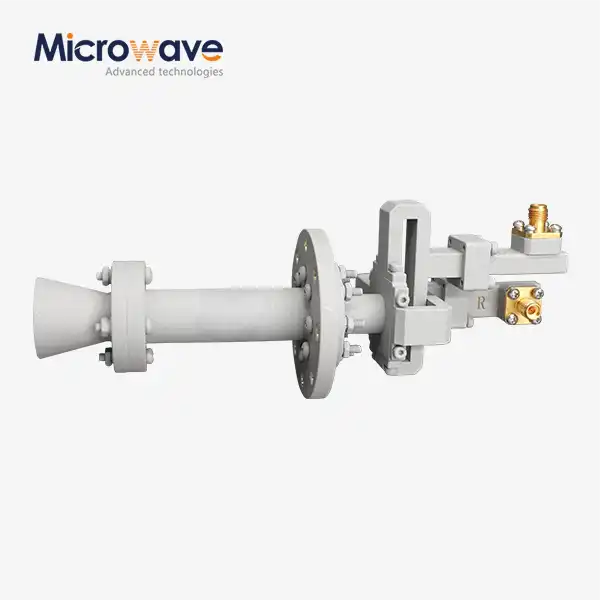 VIEW MOREConical Dual circular Polarization Horn Antenna
VIEW MOREConical Dual circular Polarization Horn Antenna




